Overview
Pocket knives are versatile tools that offer a rich history and a fulfilling hobby for collectors. This beginner's guide covers understanding pocket knives, choosing quality pieces, determining your focus (EDC or collector's items), researching, buying your first knife, caring for your collection, expanding it, engaging with the community, and respecting the craft. Enjoy the journey of building your pocket knife collection!
Frequently Asked Questions
1. What are pocket knives?
2. What factors should I consider when starting a pocket knife collection?
3. What are EDC knives?
4. How can I care for my pocket knife collection?
5. How can I expand my pocket knife collection?
Pocket knives are more than just tools; they are a lifestyle, a hobby, and a gateway into a rich history of craftsmanship. For enthusiasts and collectors alike, starting a pocket knife collection can be an exciting adventure. Whether you’re drawn to the practicality of EDC knives (Everyday Carry knives) or the artistry of handcrafted pieces, there’s a world of possibilities waiting. In this beginner's guide, let's explore how to embark on your pocket knife collection journey!
Understanding Pocket Knives
Before diving into collecting, it's essential to understand what pocket knives are. A pocket knife is typically a foldable knife that features one or more blades that can be easily carried in your pocket. They come in various sizes, shapes, and functionalities, often incorporating features that make them practical for everyday tasks. The versatility of these handy tools makes them a popular choice for a wide range of activities, from outdoor adventures to everyday tasks.
The Evolution of Pocket Knives
Since ancient times, knives have evolved from simple tools used for hunting and gathering to intricate pieces of art and utility. The modern pocket knife has its roots in the 19th century, when the first folding knives were manufactured. Over the years, innovations in materials, mechanisms, and designs have transformed pocket knives into what we know today. Many collectors appreciate this historical context, which adds depth to their collections.
What Makes a Great Pocket Knife?
When it comes to starting your collection, knowing what makes a pocket knife stand out is critical. Here are some factors to consider that will help you choose quality over quantity:
- Blade Material: The type of steel used for the blade significantly affects the knife's durability, sharpness, and corrosion resistance. Popular choices include stainless steel, carbon steel, and high-carbon stainless steel.
- Handle Design and Material: A pocket knife's handle can be made from various materials like wood, plastic, or metal. The design should provide a comfortable grip and enhance the knife's overall aesthetic.
- Mechanism: Different knives utilize various folding mechanisms, including lock-back, liner lock, and thumb stud. Choosing a mechanism that feels reliable and easy to use is vital.
- Size and Weight: Consider how you plan to carry your knife. Some knives are compact and lightweight, making them ideal for EDC situations, while others are bulkier and more suited for hobby or outdoor use.
- Brand and Craftsmanship: Reputable brands known for their quality craftsmanship can often provide assurance of durability and performance in their products.
Determine Your Focus
Before purchasing your first knife, consider narrowing your focus. Are you interested in EDC knives? Tactical knives? Or perhaps collector's items with historical significance? By identifying your area of interest, you can streamline your search, making it easier to build a cohesive collection.
EDC Knives
EDC knives are an excellent starting point for many collectors. These knives are designed for practicality and can be used in everyday scenarios—whether it's opening packages, preparing food, or performing simple repairs. When choosing EDC knives, look for a balance of durability and functionality. Check for pocket clips, which make carry easier, and consider size and weight for practicality.
Collector's Knives
If your interest lies more in the artistry of knives, you might gravitate toward collector's pieces. These knives can feature intricate designs, exclusive materials, or be produced by renowned makers. Researching knife shows or auctions can help you discover unique finds that will enhance your collection.
Research and Education
Knowledge is power, especially when it comes to starting a collection. Take the time to learn about the various knife types, brands, and histories. Here are a few methods to enhance your knife knowledge:
- Join Online Forums: Online knife forums are a treasure trove of information. Discussions among seasoned collectors can offer insights and tips for novices.
- Read Books: There are many books written on the history of knives, care techniques, and even details on specific brands—perfect for an avid collector.
- Attend Knife Shows: Visiting knife shows is an excellent way to see different styles, meet collectors, and even speak directly with manufacturers or artisans.
Buying Your First Pocket Knife
Now comes the exciting part—buying your first knife. Here’s a simple guide to help you make an informed decision:
- Set a Budget: Pocket knives come in a wide range of prices. Set a budget that allows for quality while still being comfortable for your wallet.
- Shop from Reputable Sellers: Purchase from established retailers or directly from manufacturers to ensure authenticity and quality. Checking reviews can also help gauge the seller's reputation.
- Inspect the Knife: If buying in person, examine the knife’s construction closely. Look for smooth blade folding and check for any imperfections in the handles or blade.
- Think About Purpose: Keep in mind how you plan to use the knife. Will it be a daily tool, or do you intend it to be a display piece? Choose accordingly.
Caring for Your Pocket Knife Collection
Owning a pocket knife means committing to maintenance. Proper care is essential to keep your knives functioning well and looking sharp. Here are a few maintenance tips:
- Regular Cleaning: Clean your knives after each use to prevent rust and accumulation of dirt. Mild soap and water will usually do the trick.
- Lubrication: Apply a few drops of lubricant to the pivots and blades to keep them moving smoothly and prevent rust.
- Safe Storage: Store your collection in a cool, dry place. Consider using a dedicated knife case or display stand to protect your investment.
- Sharpening: Invest in a good sharpening system to keep your blades razor-sharp when needed. Regularly check for dullness and sharpen as necessary.
Expanding Your Collection
Once you've started your collection, the next step is expansion. Consider diversifying your collection by focusing on themes or specific types of knives. Here are some ideas for expanding your toolkit:
- Different Blade Types: Explore various blade shapes, such as drop points, tanto, or clip points, each serving different functional purposes.
- Limited Edition Releases: Many knife manufacturers produce limited runs of knives. These exclusive pieces often become highly sought after by collectors.
- Vintage Knives: Look into vintage or secondhand knives, which can often provide unique finds and a glimpse into the craftsmanship of previous generations.
- Multi-tools: Consider adding multi-purpose tools that include blades along with additional functionalities like screwdrivers, bottle openers, or pliers.
Join the Pocket Knife Community
Engaging with fellow collectors can enrich your collecting experience. By joining communities—both online and local—you can share tips, seek advice, and showcase your collection. Here are some ways to connect:
- Online Groups: Platforms like Facebook, Reddit, and dedicated knife forums have lively communities that welcome new members.
- Knife Shows and Meetups: Participating in events is an excellent way to meet people who share your passion for knives.
- Workshops and Classes: Some local shops and organizations offer courses on knife making or care, providing another avenue for deeper engagement.
Collecting Ethics: Respect the Craft
As a collector, it's vital to respect the craftsmanship and heritage of pocket knives. Support makers committed to ethical practices, and be aware of laws and regulations regarding knife ownership in your area. Understanding your role as a collector will enrich the experience and the community as a whole.
Unleash Your Passion for Pocket Knives!
Starting a pocket knife collection is an experience that transcends mere ownership; it’s about celebrating craftsmanship, embracing utility, and connecting with a community of like-minded individuals. By following this guide, you're well on your way to curating a collection of EDC knives and other unique pieces that resonate with your interests. Remember to enjoy the journey as much as the destination, and your collection will surely become a valued aspect of your life.
So, what are you waiting for? Dive in, explore the world of pocket knives, and let your collecting adventure begin!
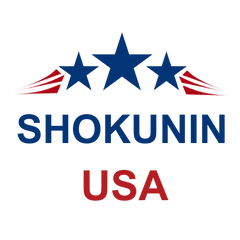





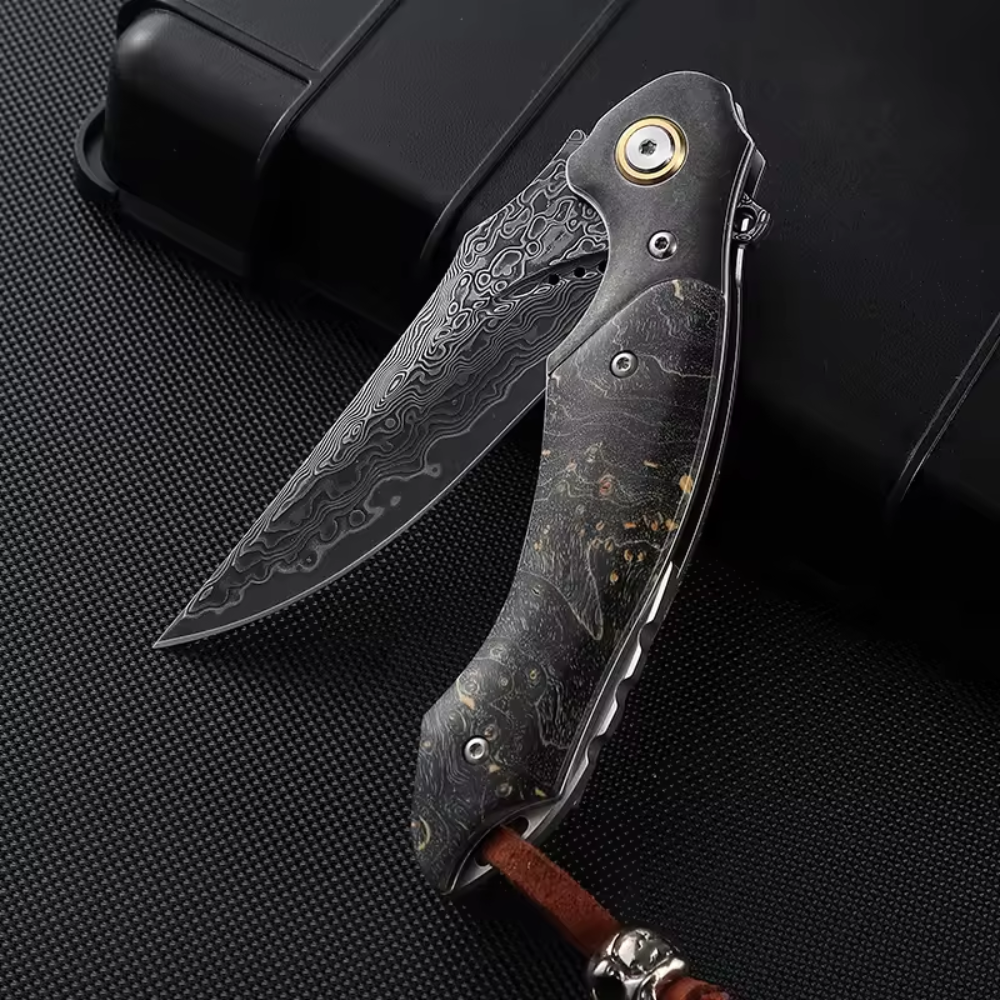

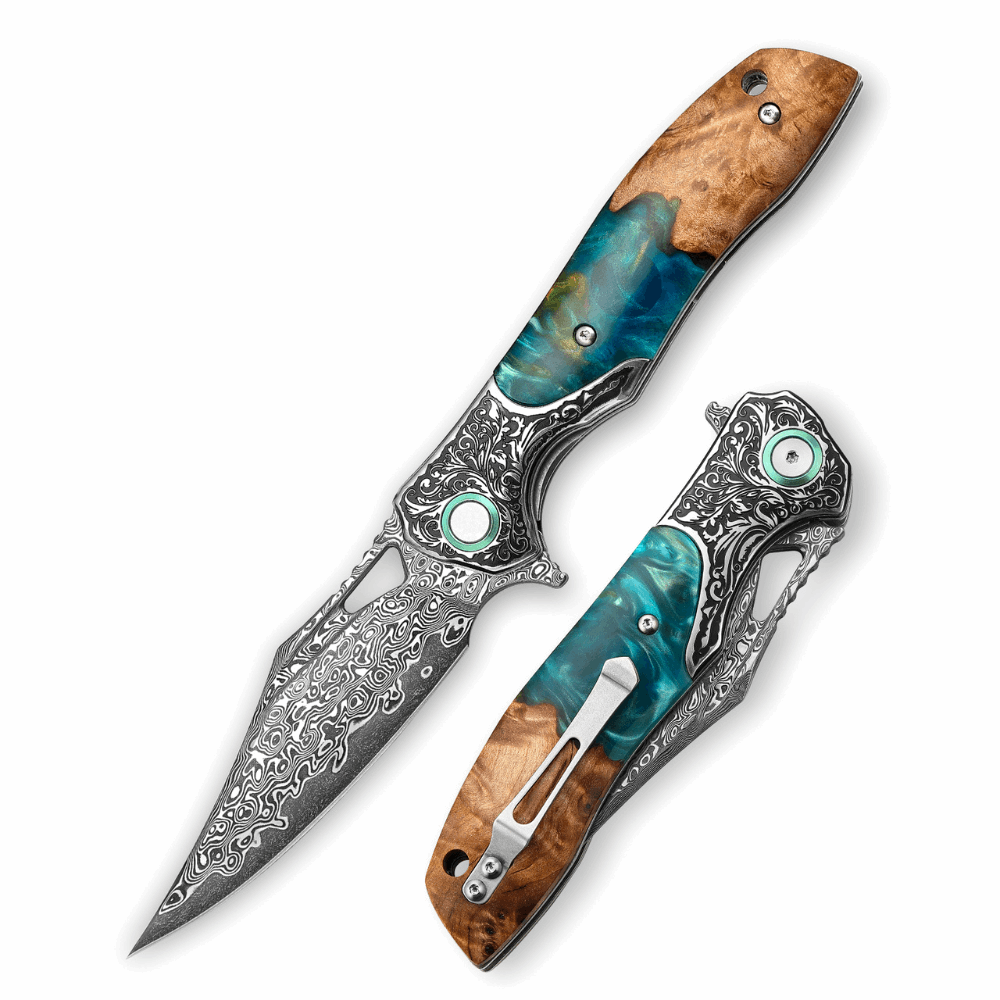
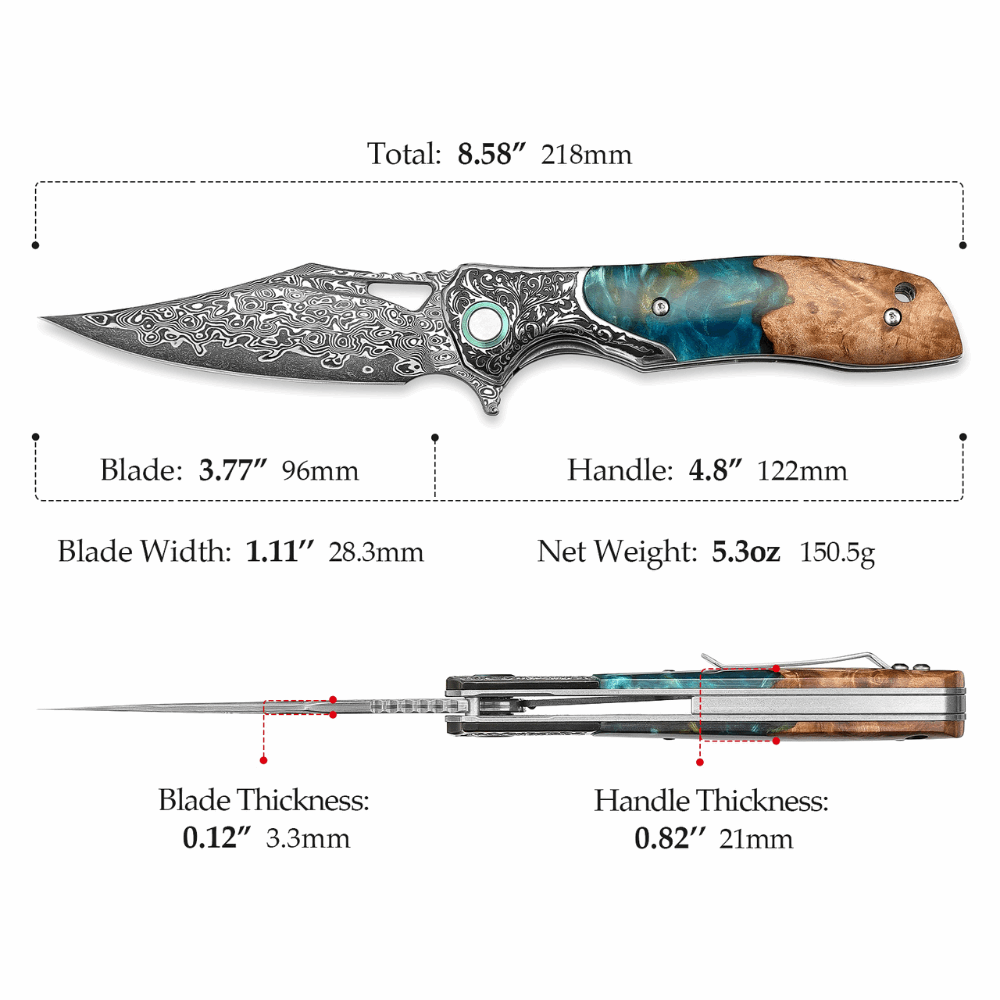
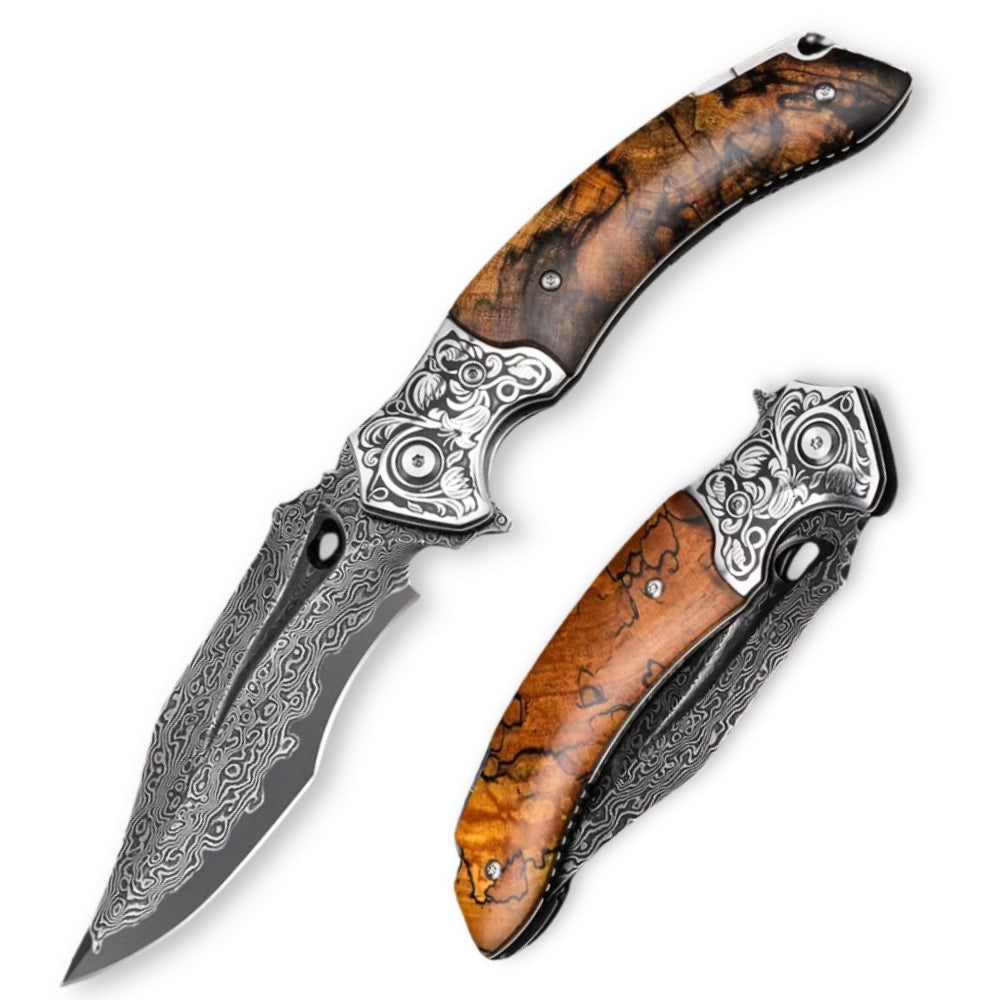

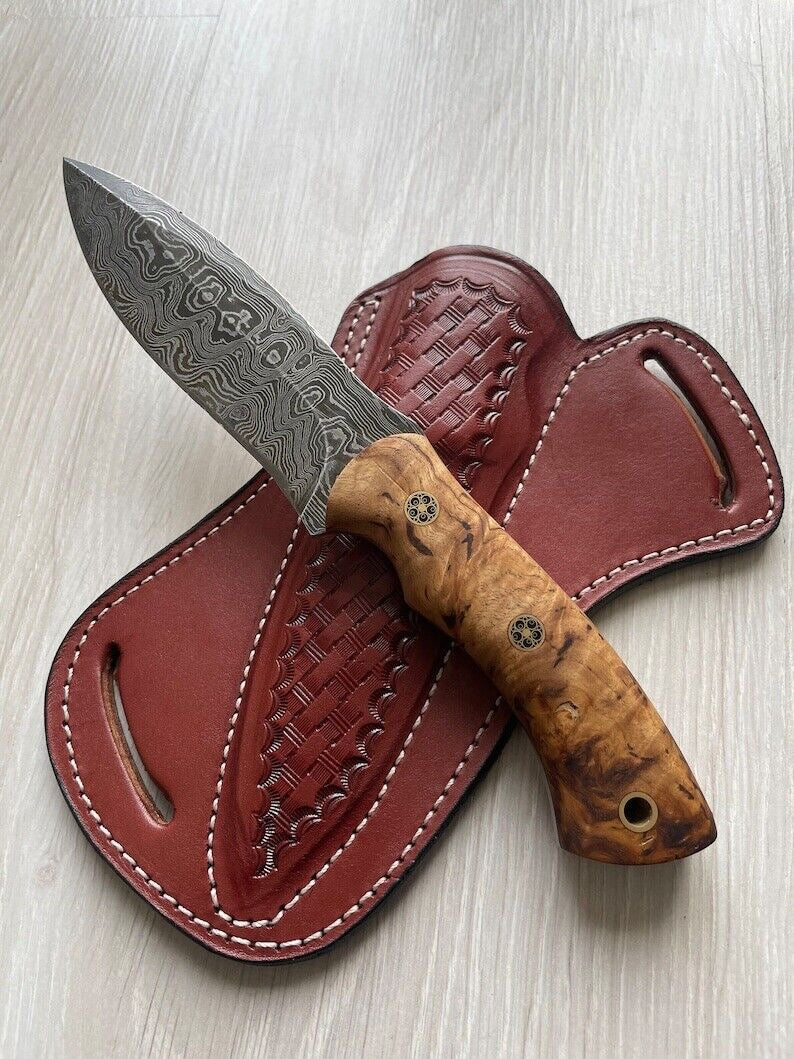
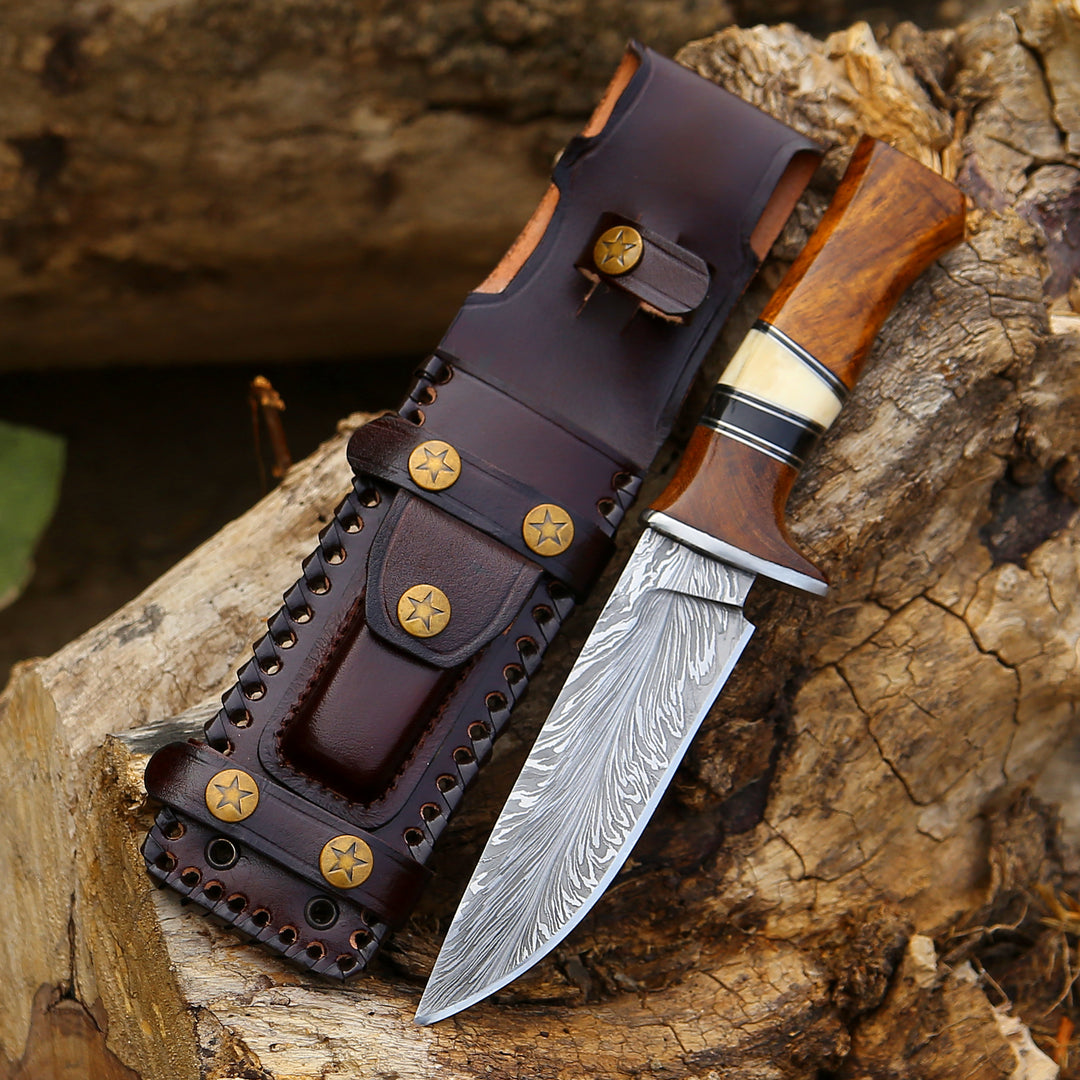

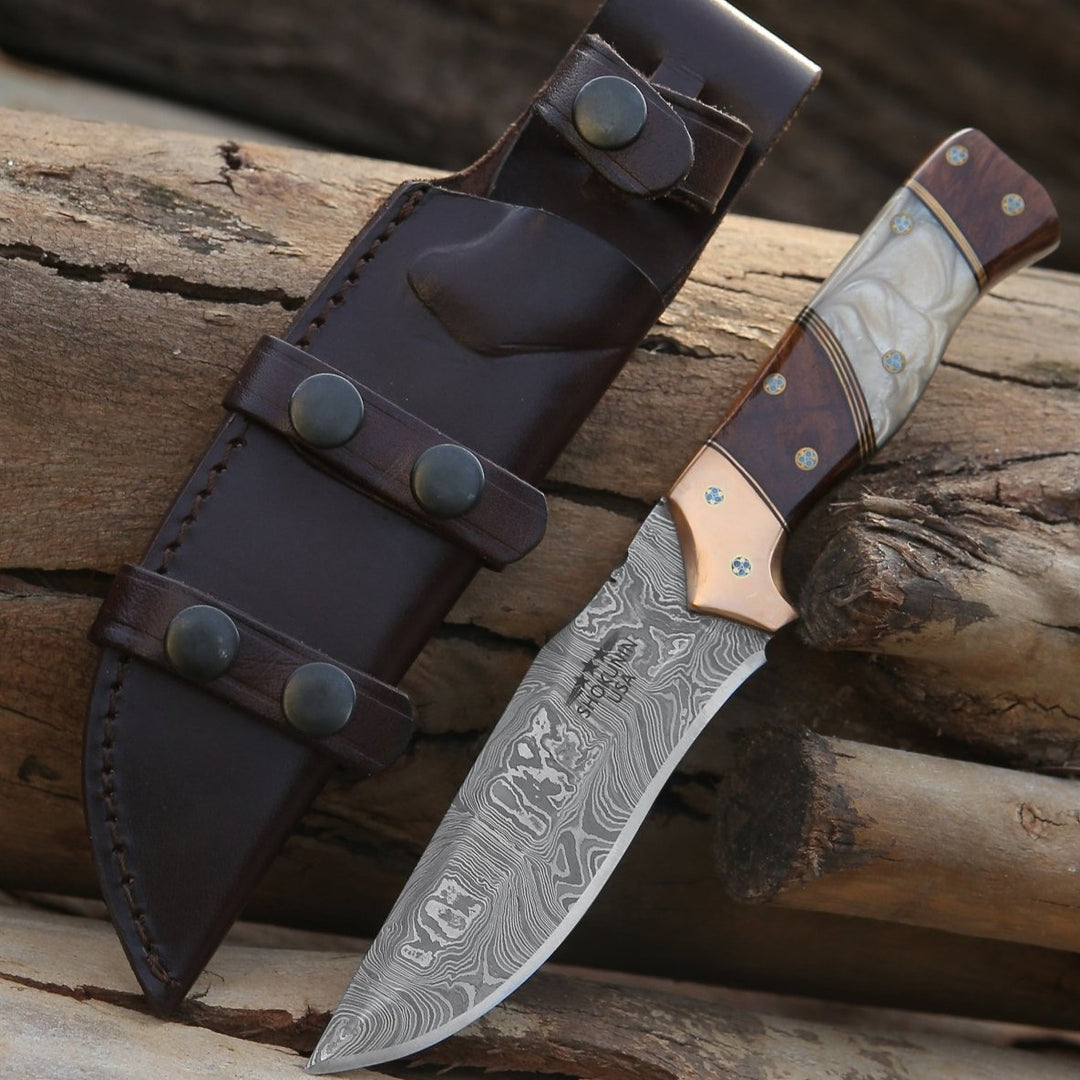
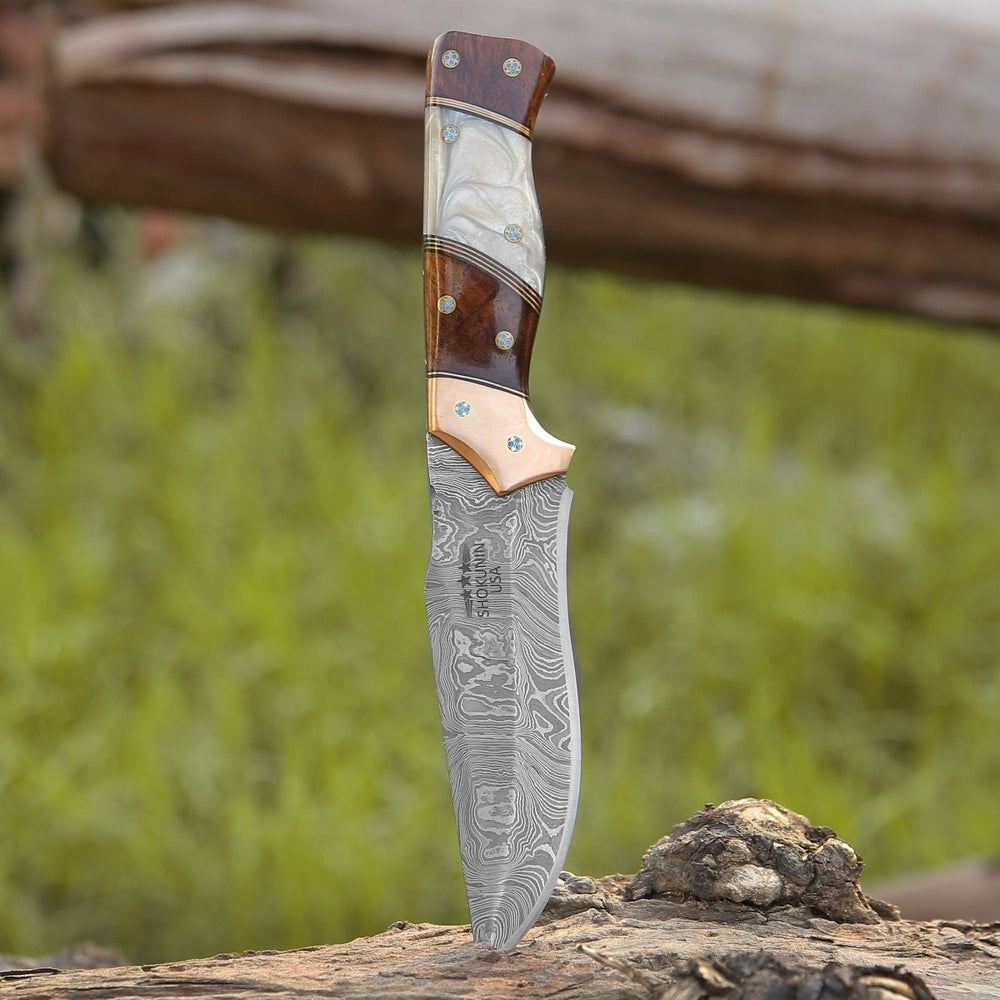
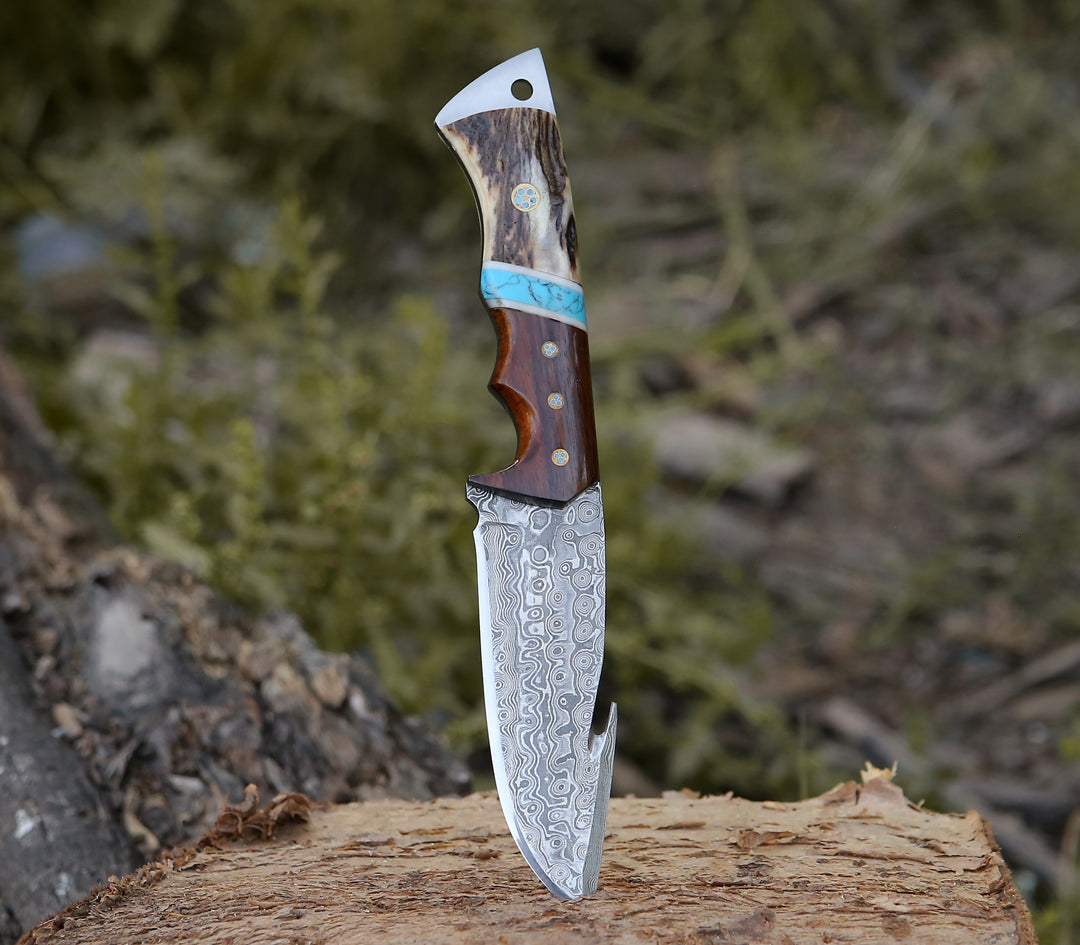
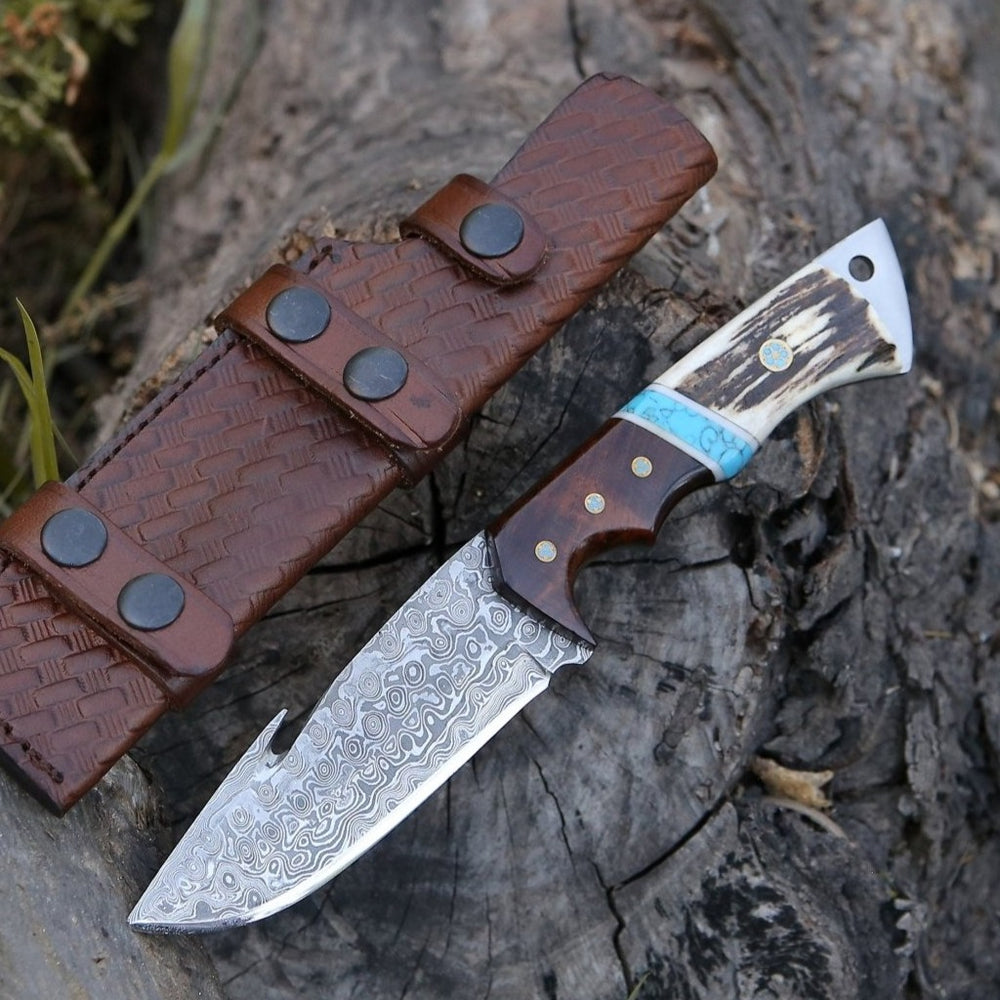
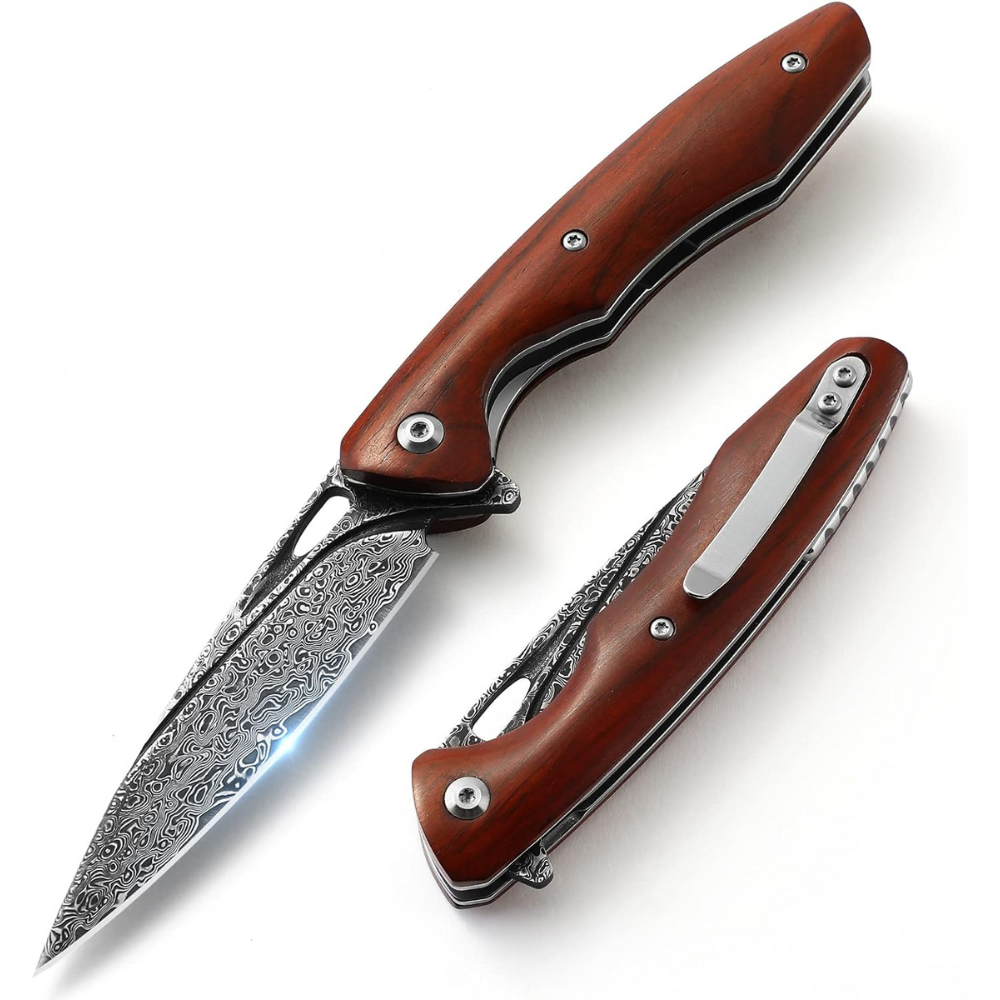
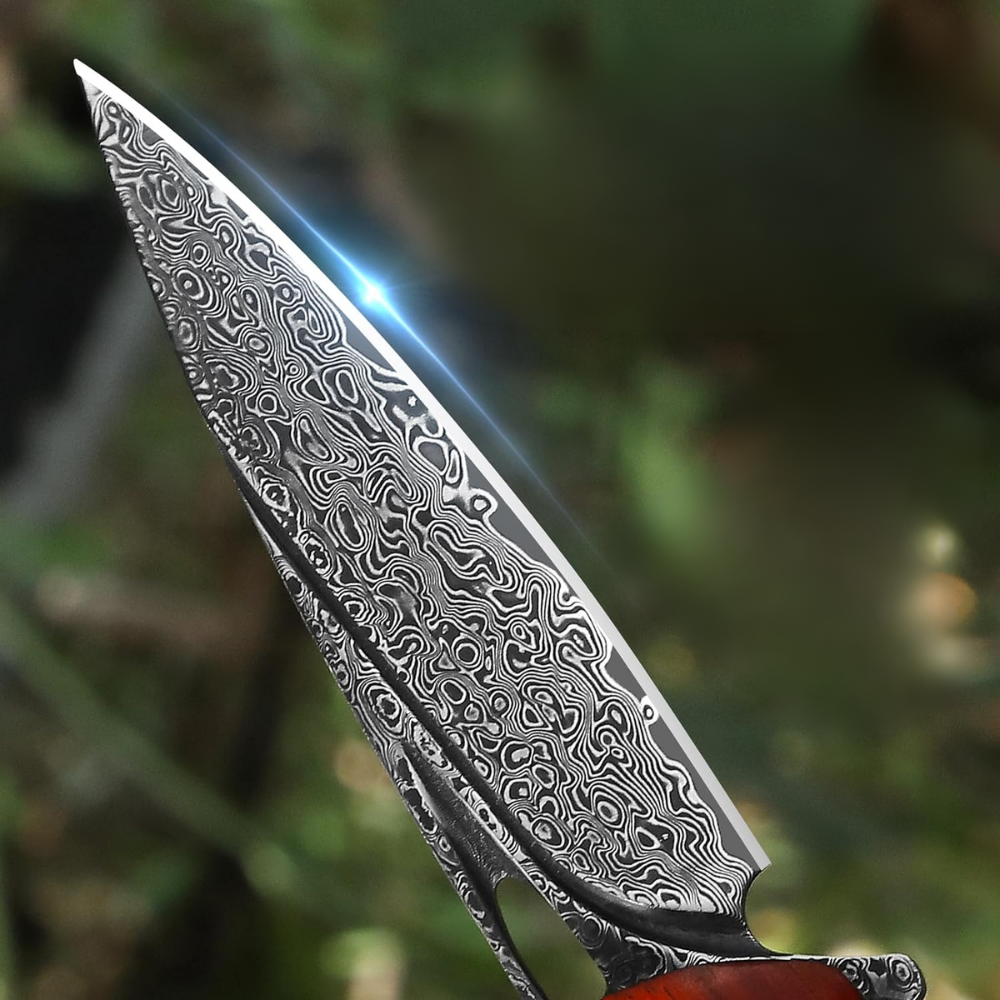
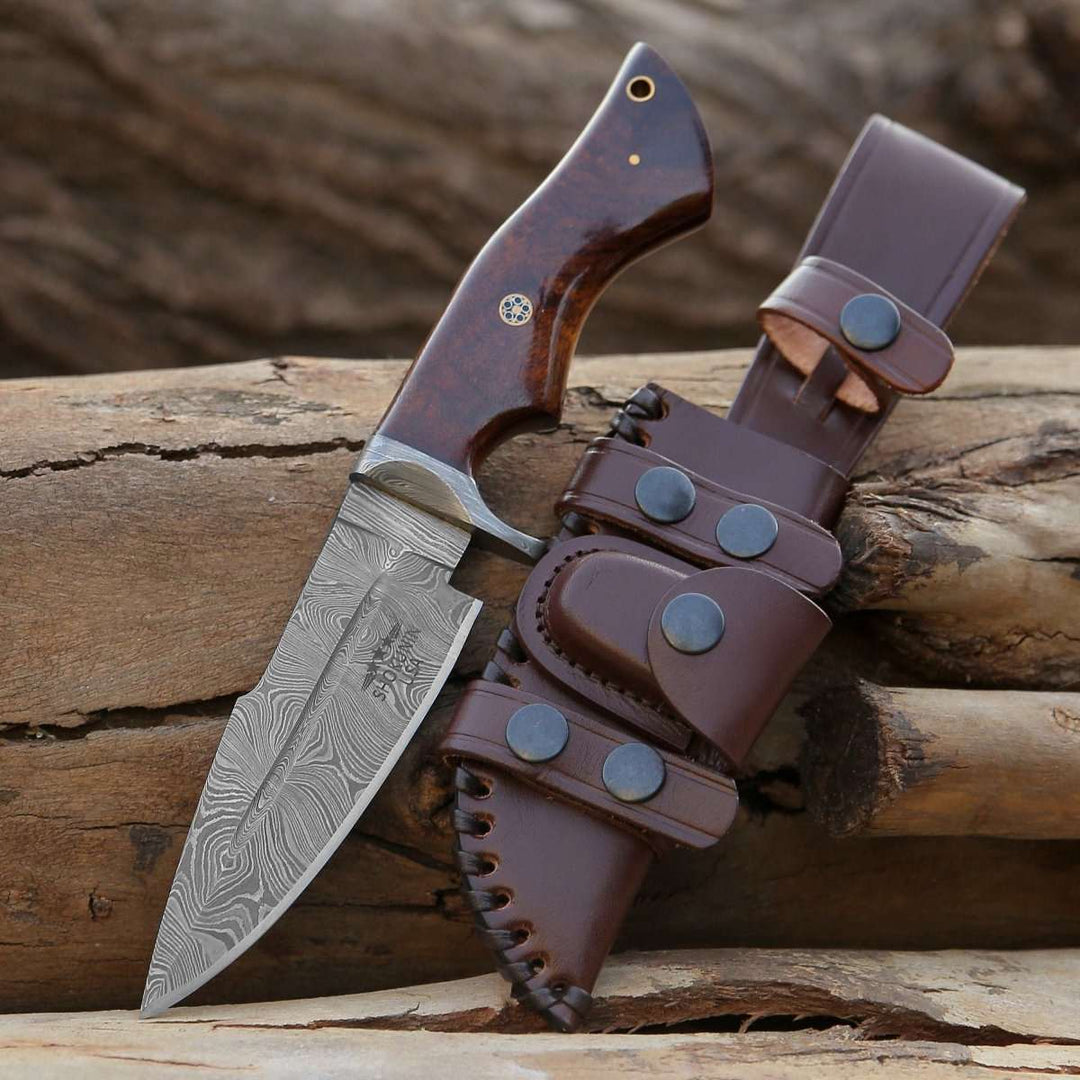
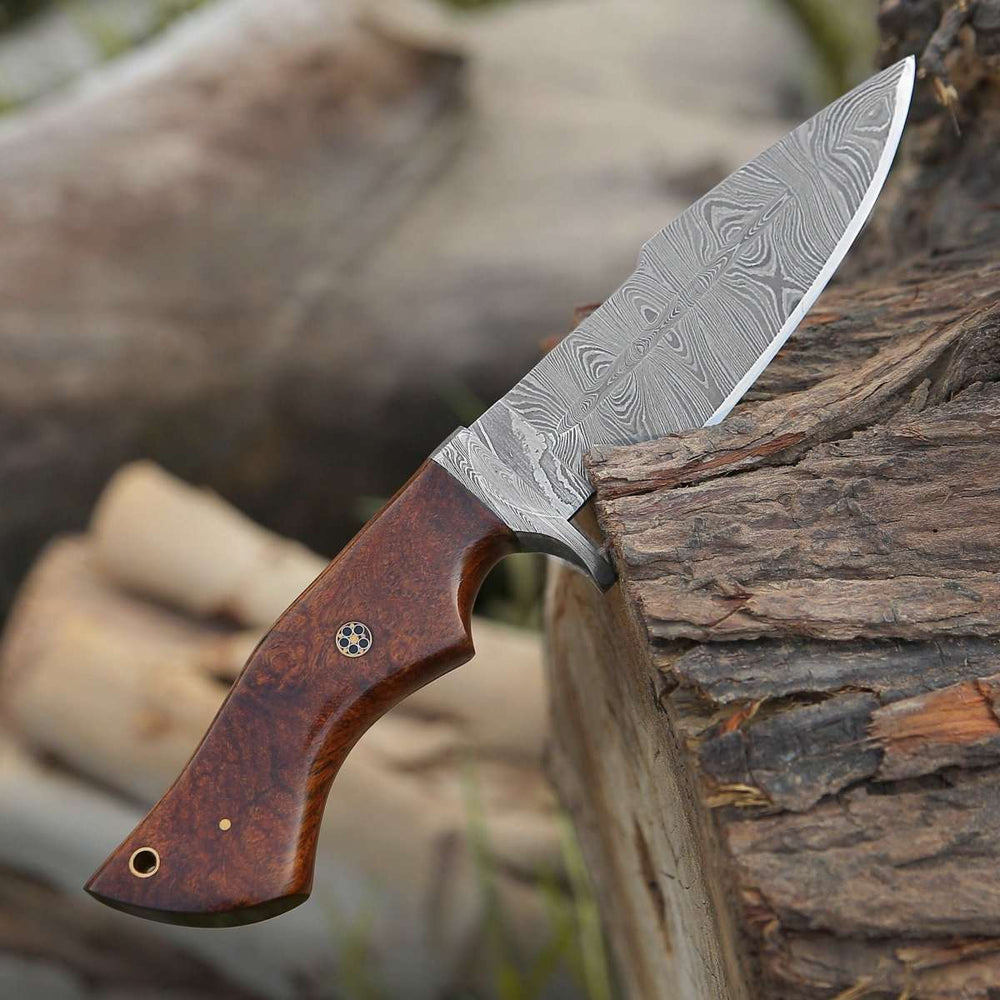
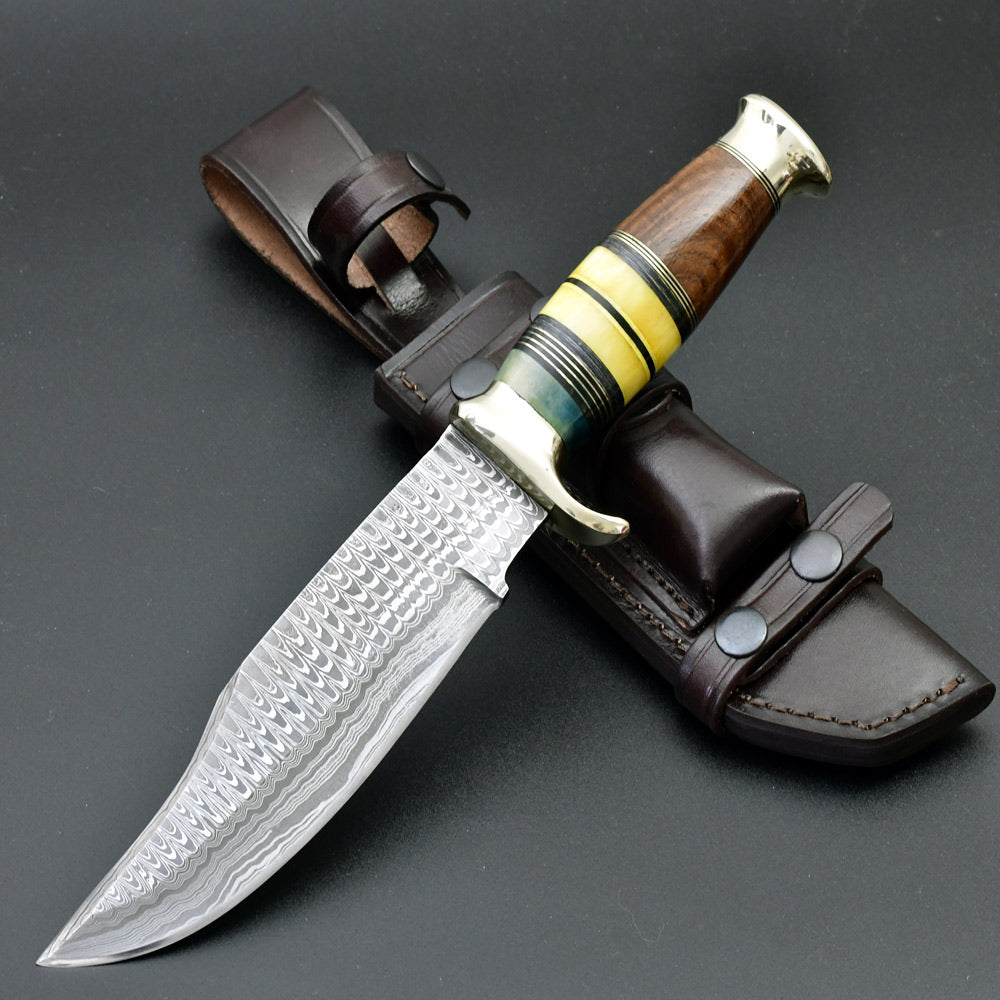

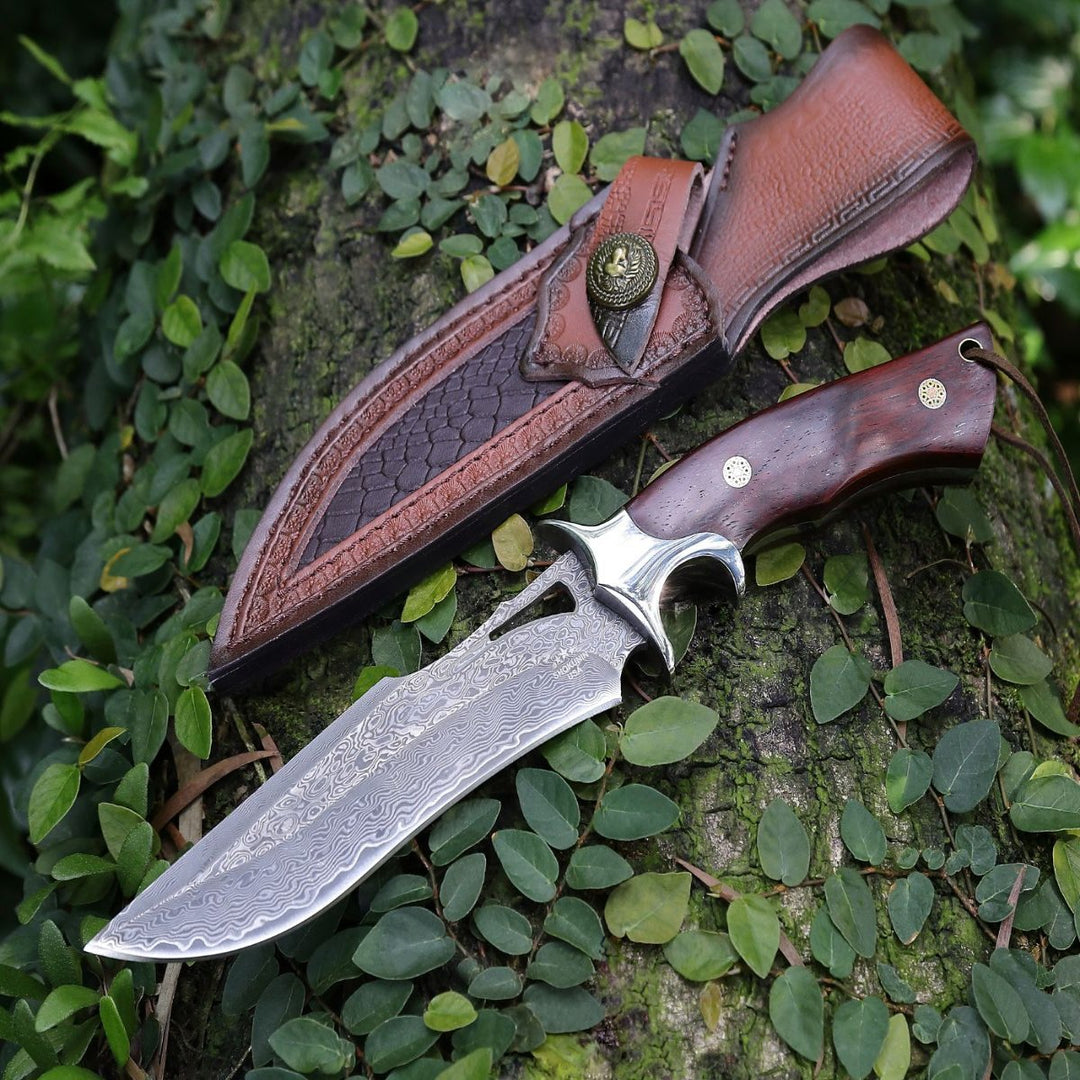


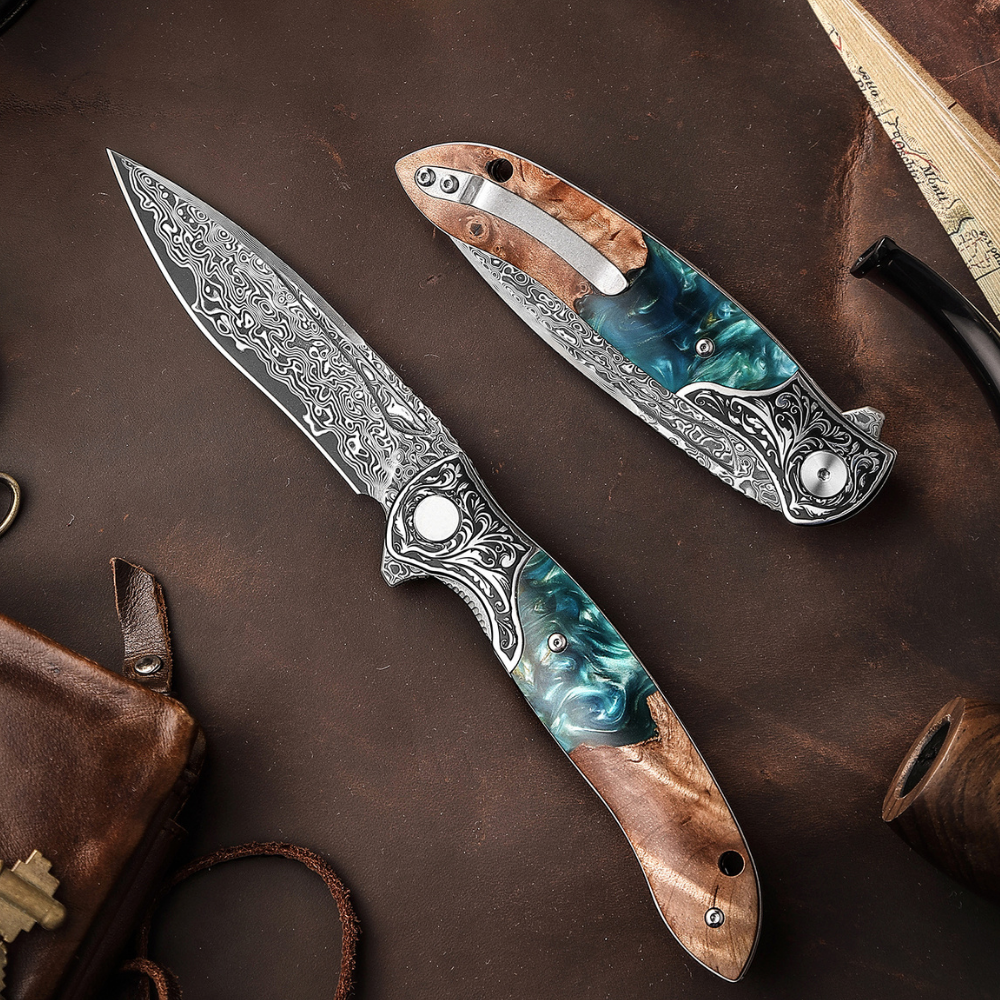
Leave a comment